Chinese Beer Posted by sasha on Nov 21, 2016 in Culture
When it comes to booze, there’s no doubt that it’s all about the baijiu (白酒 – bái jiǔ) in China. This traditional Chinese liquor – which bears an uncanny resemblance to rocket fuel – is the drink of choice at functions like business dinners and weddings. You can’t always slam glasses of something that’s 45-50% alcohol, though. Or if you’re like me, you just can’t stand the taste of the stuff. Cue Chinese beer (中国啤酒 – zhōng guó pí jiǔ). It’s readily available, cheap, and easy to drink. Let’s take a look at beer culture in China and learn some of the most famous brands in the country.
History
Everyone knows that China has a long history, but did you know that beer has been around in the Middle Kingdom for thousands of years? That’s right – archaeologists recently unearthed beer-making materials in the Central Plain area of China that are estimated to be 5,000 years old. According to the findings, it appears as if these ancient people applied many of the same techniques for brewing that we do today. For some reason, beer slipped into obscurity in China for a few millennia. It made a big return around the end of the 19th century, when Russians established a brewery in Harbin and Germans opened one in Tsingtao. The rest is history, as beer has remained a staple in the Chinese diet ever since.
Background on Chinese Beer
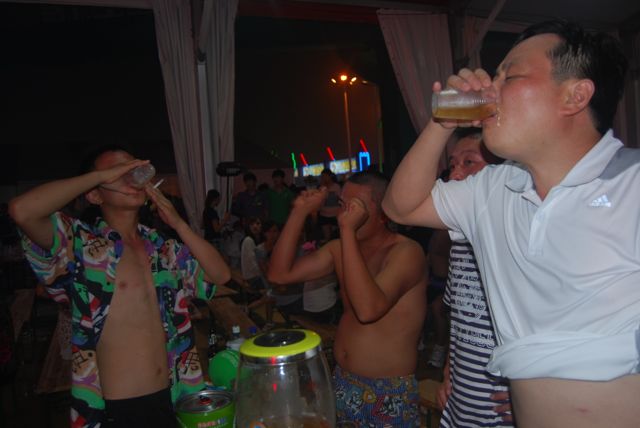
China
When it comes to Chinese beer, there isn’t a whole lot of variety. Most beers in China fall into the pale lager category, with a little bit less alcohol than their counterparts in the US – usually around 3-3.5%. For the most part, Chinese beers are light, watery, and easy to drink; just think of the beers that frat boys pound at parties. Beers in China usually come in tall bottles of 640 milliliters (around 22 ounces), so they’re not exactly encouraging you to drink responsibly.
Popular Brands
Tsingtao (青岛 – qīng dǎo)
Founded by thirsty Germans who were homesick, this is far and away China’s most famous beer. It gets its name from the city where it’s made in Shandong province. If you’re wondering why the name doesn’t quite match the correct Chinese pronunciation, that’s because it uses the old Wade-Giles format (Tsingtao) rather than the modern-day pinyin (Qingdao).
While you can find Tsingtao all over the country and all across the world, you’ll have to head to Qingdao to enjoy a draft in a plastic bag. The city also hosts an International Beer Festival every August, which is a beer-soaked good time. Check it out in this short video:
While Tsingtao is definitely the most famous Chinese beer, it’s not the top-selling…
Snow (雪花 – xuě huā)
You may have never heard of it, but Snow is not only the best-selling beer in China – it’s #1 worldwide. Sales of Snow are around 110 million hectoliters every year, which is enough to fill twelve Olympic-sized swimming pools with beer every day. It’s watery and tasteless, but it’s readily available and dirt cheap.
Yanjing (燕京 – yàn jīng)
This beer gets its name from ancient Beijing – the city was once known as the “Yan Capital.” One of China’s biggest breweries, it was founded in 1980 and was even designated as the official beer for state banquets at the Great Hall of the People. It’s ubiquitous in the capital, with Beijing alone accounting for around 25% of its sales.
Harbin (哈尔滨 – hā’ěr bīn)
The first modern brewery in China, Harbin has been around since 1900. Initially started to provide beer for thirsty Russian railroad workers, Harbin can now be found all across China. As is usually the case with beer, the best place to drink it is at the source. Head to the Harbin Ice & Snow Festival, where a whole new meaning is given to the phrase “a cold one.”
In recent years, the craft beer movement has grown substantially in China. In big cities like Beijing and Shanghai – and even some much smaller ones like Dali – you can find an IPA or a stout on draft somewhere. So whether it’s a watered down original like Yanjing or a Honey Ma Blonde from Great Leap, drink up and learn this, one of the most important words in China:
Cheers! (干杯 – gān bēi)

Build vocabulary, practice pronunciation, and more with Transparent Language Online. Available anytime, anywhere, on any device.
About the Author: sasha
Sasha is an English teacher, writer, photographer, and videographer from the great state of Michigan. Upon graduating from Michigan State University, he moved to China and spent 5+ years living, working, studying, and traveling there. He also studied Indonesian Language & Culture in Bali for a year. He and his wife run the travel blog Grateful Gypsies, and they're currently trying the digital nomad lifestyle across Latin America.



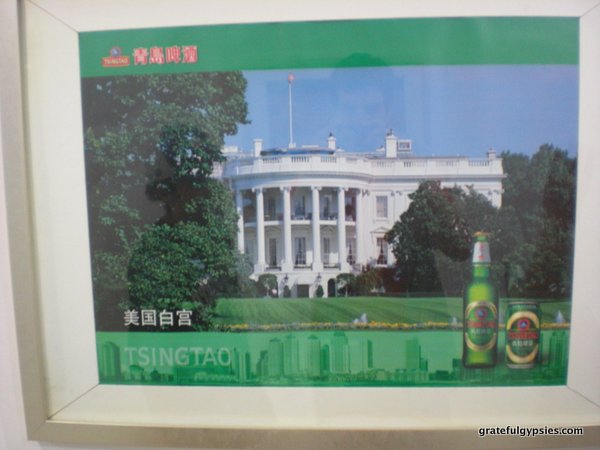
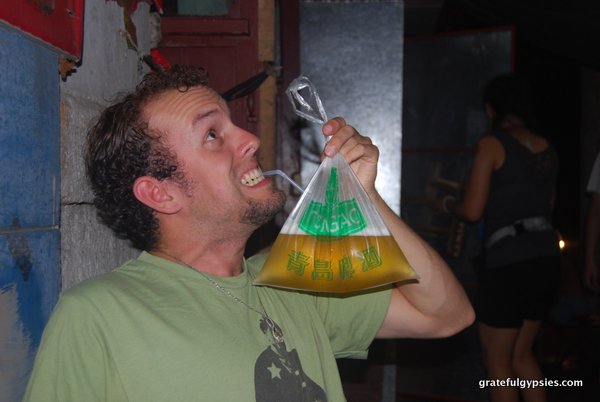
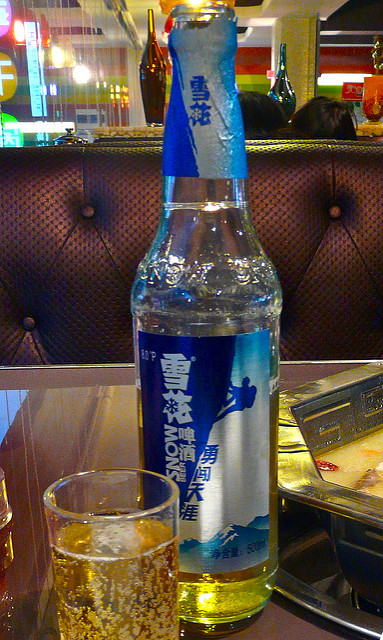

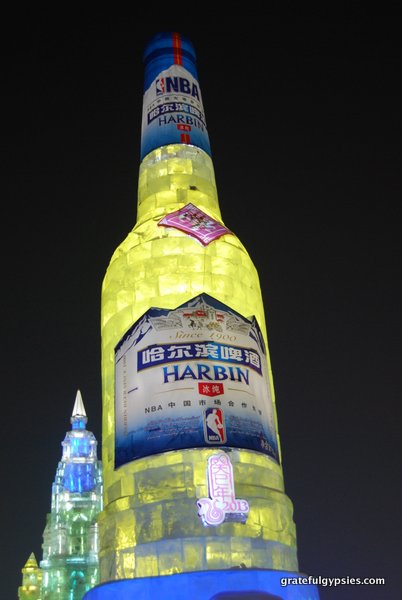

Comments:
Gary Kirchherr:
The transliteration “Tsingtao” is not Wade-Giles, it’s École française d’Extrême-Orient (EFEO), the Francophone version of Wade-Giles.
sasha:
@Gary Kirchherr Thanks! I had no idea…